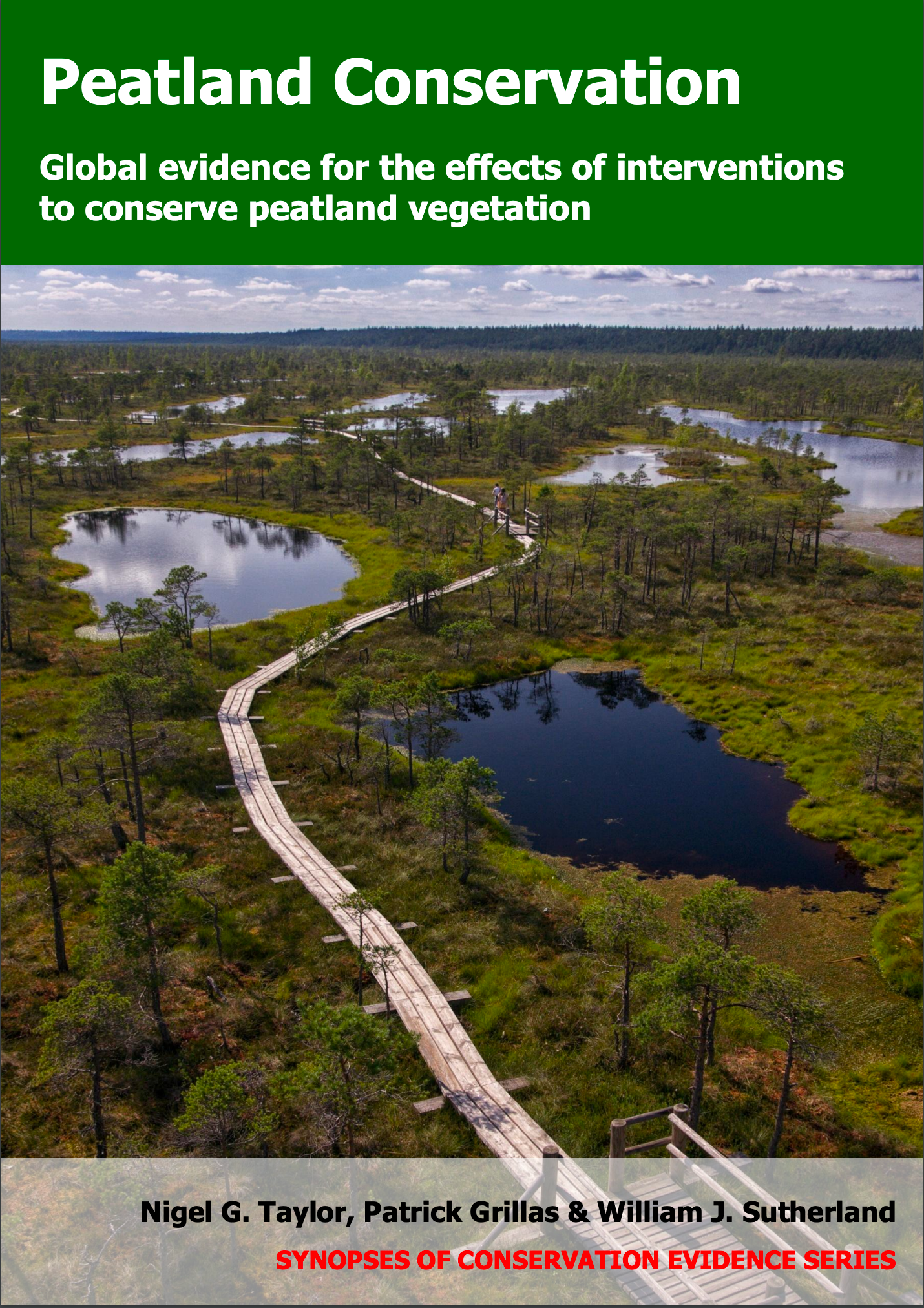Use herbicide to control problematic plants
-
Overall effectiveness category Unknown effectiveness (limited evidence)
-
Number of studies: 1
View assessment score
Hide assessment score
How is the evidence assessed?
-
Effectiveness
20% -
Certainty
20% -
Harms
30%
Study locations
Supporting evidence from individual studies
A replicated, controlled, before-and-after study in 1986–2000 in two shrub-invaded fens in Ohio, USA (Barry et al. 2008) found that applying herbicide to shrubs (along with burning and cutting) altered plant community composition and prevented increases in plant species richness, but had no effect on shrub cover. The overall plant community composition changed significantly over time along transects with and without shrub control, but they accumulated different sets of species (data reported as a graphical analysis). Plant species richness was stable in the fen with shrub control (before: 12.8; after 14 years: 12.7 species/m2) but increased in the fen without shrub control (before: 12.5; after 14 years: 14.6 species/m2). Woody plant cover increased similarly in fens with shrub control (before: 46%; after 11 years: 62%) and without shrub control (before: 20%; after: 28%). From 1986, encroaching shrubs were managed using ad hoc herbicide application, burning and cutting. The study does not distinguish between the effects of these interventions. Three of four transects were managed in one fen (‘with shrub control’). Only one of four transects were managed in the other fen (‘without shrub control’). In summer 1986 (before shrub control began), 1999 and 2000, vegetation cover was estimated in 1 m2 quadrats along the eight transects. Shrub cover was estimated from aerial photographs.
Study and other actions tested
Where has this evidence come from?
List of journals searched by synopsis
All the journals searched for all synopses
This Action forms part of the Action Synopsis:
Peatland Conservation
Peatland Conservation - Published 2018
Peatland Conservation





)_2023.JPG)














